Advantage Beef Programme


Dairy herd 'going to be very much dominant beef supply' - expert
The dairy herd is "going to be very much the dominant supply of beef" in the coming years, as suckler cow numbers decline and sexed semen usage on the dairy herd increases, according to Teagasc head of livestock systems Padraig French.
The Teagasc head of livestock systems made the comments while speaking at a special event marking the 10-year anniversary of the ABP Demo Farm in Co. Carlow earlier this week.
French said: "We're still seeing a significant decline in the suckler herd so we're now seeing this year - probably 65-70 % of the calves born in 2025 will come from the dairy herd.
"It's going to be very much the dominant supply of beef."
National cattle herd composition
He gave an overview of how the composition of the national cattle herd has changed since milk quotas were removed.
"We saw when quotas were lifted, a very significant increase in dairy cow numbers. Dairy farmers switched back in 2012 and 2013 to using a lot more dairy semen.
"We saw a drop-off in the dairy-beef calves initially and then - as the dairy herd began to grow - about half the dairy cows were being put in calf-to-beef bulls and that number started to grow - the number of dairy-beef calves.
"So that's where the first signs of growth of beef supply from the dairy herd started to happen.
French noted that the focus then was very-much on using beef breeds as an indicator of how the progeny would perform.
"For easy calving, Angus was picked and for better-quality, a continental bull was picked. It was very much all associating breeds with genetics. We are trying to shift away from that and the focus now is selecting bulls within the breeds," he said.
"The dairy herd continued to grow up until about this year and we have seen in the last year or two - a levelling off or slight drop in the number of dairy cows.
"What is concerning for us is the number of replacement heifers coming through to the dairy herd has declined significantly. For the first time last year there was more cows put in calf to beef bulls than to dairy bulls."
French emphasised that he has seen a significant growth in recent years in sexed semen.
"We saw in 2024 about 385,000 Friesian heifer calves born. That is not enough to sustain the current dairy herd unless we get a drop off in cull rate, which is unlikely," he explained.
"We saw about 100,000 less Friesian bull calves born than dairy heifer calves born, so that was a real significant impact of sexed semen coming through.
Dairy herd
French said this trend has grow over the last number of years, "and it is continuing to grow".
"What it ultimately means is we're going to have less of the male dairy calves - the Friesian bulls - and more of these beef-cross calves.
"We have seen fairly rapid growth in these beef-cross calf numbers over the last 3-4 years going from 600,000 five years ago to almost 900,000 last year.
"We hope at this stage dairy cow numbers will stabilise, there has been a small increase in dairy AI usage [this year] and that's going to help stabilise the dairy herd."
The Teagasc head of livestock systems said it's hard to see any growth happening in the dairy herd over the next 3-4 years.
He emphasised that sexed semen usage is "continuing to grow" and said we are "going to see more and more beef-cross calves. They're going to be a bigger share of the beef herd," according to French.
"The real focus is to ensure that better beef bulls are being used, not focusing on the breed but within the breed," he added.